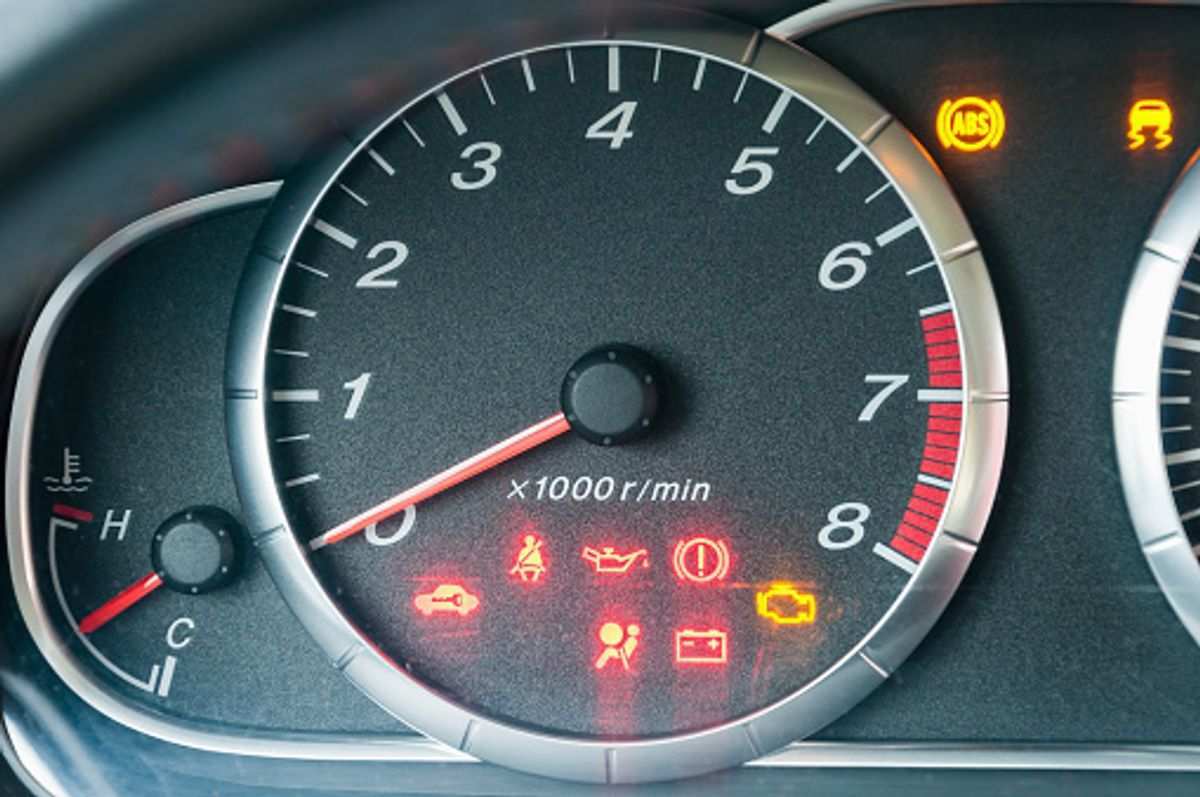

The abs light on your vehicle warns that the system is not working properly. This problem can happen if your ABS speed sensor is faulty, the pump motor is corrupted, or ABS module is faulty. A mechanic can replace faulty parts with new ones. To fix the ABS light, a mechanic should check the abs speed sensors and wiring.
The first step in identifying a faulty ABS speed sensor is to test the speed sensor’s operation. The sensor’s voltage increases as the wheels spin. If the reading is not consistent, you may need to conduct complete diagnostics. Luckily, some simple ways to test a sensor on your own.
Different cars have different ABS sensor configurations. Some have only one or two sensors throughout the car, while newer vehicles will have one sensor on each wheel. This allows for more accurate readings and increases the potential for problems. When the sensor fails, it will send the wrong information to the ABS control module, causing the car to lose stability. This can also result in poor steering control.
Repairing a faulty ABS speed sensor is not a complicated DIY job, but it requires the proper tools and knowledge of car parts. If your automobile, a BMW, for example, has a problem with the ABS speed sensor, you will need to replace it with genuine replacement BMW parts, which you will have to track down. In some cases, it is necessary to remove brake parts to access the sensor. If you’re unsure how to do this, you can call a mechanic or mobile mechanic to do the job for you.
If you’ve noticed that the ABS light is no longer working, it’s a good idea to check the fuse. You can find the fuse panel in your vehicle’s power distribution centre, usually under the dash or under the hood. You can use a flashlight to see if the fuse is blown. If the fuse doesn’t light up, you need to replace it.
If your car is equipped with a diagnostic tool, you can use this tool to identify the blown a fuse. Depending on the make and model of your vehicle, you can perform a scan of the car’s electrical system using an OBD II CONNECTOR. If you cannot do this yourself, you can ask a mechanic to perform a diagnostic.
A malfunctioning ABS module, low fluid level, or a blown a fuse in the ABS controller are common causes of the ABS light. The ABS includes the same components as the traction control system, so a malfunction of either one could cause the ABS light to illuminate. If you’re driving with a malfunctioning ABS, you should replace the blown a fuse as soon as possible.
A corroded ABS module will not give the ABS the necessary information to properly perform brake and traction control functions. This will result in a warning light on your dashboard. You may need to replace the ABS module to get it back in working condition. If the ABS light still does not work after replacing the module, you may need to check other parts of the ABS, like the ABS fuse.
Similarly to the wiring in other car systems, corrosion will affect the ABS module. This will cause a delay or even failure in communication between the ABS and speed sensor. If this happens, you may need to replace the entire ABS module. In other cases, you may only have to replace the wiring.
The ABS relies on brake fluid to maintain braking pressure. So when the ABS detects a wheel is moving too slowly, it releases more brake fluid to correct the problem. If the ABS has a problem with the speed sensor, the ABS light will come on. The problem can be caused by road grime or metal shavings from your brakes.
If the ABS light on your car is intermittent, there are a few steps you can take to fix it. First, you will want to check the ABS controller. This computer monitors the rotation speed of your wheels. It can malfunction as the electronics get older or wear out. It’s attached to the top of the pump motor via four or five bolts. If the ABS controller isn’t functioning properly, it can signal a faulty pump motor.
Identifying the problem: The most common symptom is the ABS Warning Light, an orange light. However, the ABS Warning Light may not be present if you drive an older model. You can also look for an unresponsive brake pedal, which could signify a faulty pump motor.
Check the accumulator: The accumulator is what supplies power to the pump/motor. If it’s working, it should pump fluid into the reservoir. If it doesn’t, the power piston is likely bypassing and needs to be replaced. You can also check the feed hose if the accumulator is not working. If you find a leak, you can remove it and reinstall it. Then, you’ll need to find the point where the fluid is restricted.
As the temperature rises and humidity increases, your skin undergoes several changes. The summer heat…
As artificial intelligence (AI) continues to evolve at a rapid pace, it is transforming the…
Welcome to the exhilarating world of QQDewa Gaming, where esports isn't just a game, but…
Internet Protocol Television (IPTV) has transformed how we consume media. Particularly in France, IPTV platforms…
Understanding the concept of medical tattoos is essential before delving into Katherine McCann's groundbreaking work.…
The allure of winning the lottery is universal, captivating the imaginations of individuals across the…
This website uses cookies.